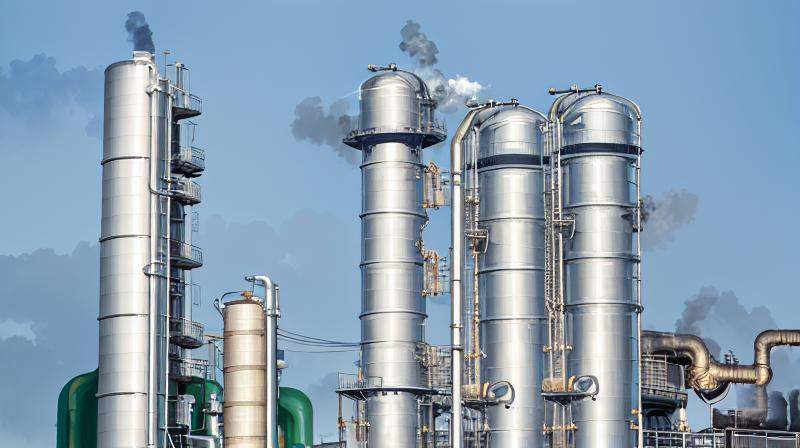Metanoli dheizopropanoljanë dy tretës industrialë të përdorur zakonisht. Ndërsa ndajnë disa ngjashmëri, ato gjithashtu kanë veti dhe karakteristika të dallueshme që i dallojnë. Në këtë artikull, do të shqyrtojmë specifikat e këtyre dy tretësve, duke krahasuar vetitë e tyre fizike dhe kimike, si dhe aplikimet dhe profilet e tyre të sigurisë.
Le të fillojmë me metanolin, i njohur edhe si alkool druri. Është një lëng i kthjellët dhe pa ngjyrë që përzihet me ujin. Metanoli ka një pikë të ulët vlimi prej 65 gradë Celsius, gjë që e bën të përshtatshëm për përdorim në aplikime me temperatura të ulëta. Ka një vlerësim të lartë oktani, që do të thotë se mund të përdoret si tretës dhe si agjent anti-trokitje në benzinë.
Metanoli përdoret gjithashtu si lëndë e parë në prodhimin e kimikateve të tjera, të tilla si formaldehidi dhe dimetil eteri. Ai përdoret gjithashtu në prodhimin e biodizelit, një burim karburanti i rinovueshëm. Përveç zbatimeve të tij industriale, metanoli përdoret gjithashtu në prodhimin e llaqeve dhe bojrave.
Tani le ta drejtojmë vëmendjen tonë te izopropanoli, i njohur edhe si 2-propanol ose dimetil eter. Ky tretës është gjithashtu i kthjellët dhe pa ngjyrë, me një pikë vlimi pak më të lartë se metanoli në 82 gradë Celsius. Izopropanoli është shumë i përzieshëm si me ujin ashtu edhe me lipidet, duke e bërë atë një tretës të shkëlqyer për një gamë të gjerë aplikimesh. Përdoret zakonisht si agjent prerës në holluesit e bojrave dhe në prodhimin e dorezave të lateksit. Izopropanoli përdoret gjithashtu në prodhimin e ngjitësve, izoluesve dhe polimerëve të tjerë.
Kur bëhet fjalë për sigurinë, si metanoli ashtu edhe izopropanoli kanë rreziqet e tyre unike. Metanoli është toksik dhe mund të shkaktojë verbëri nëse spërkatet në sy ose gëlltitet. Është gjithashtu shumë i ndezshëm dhe shpërthyes kur përzihet me ajër. Nga ana tjetër, izopropanoli ka një vlerësim të ulët të ndezshmërisë dhe është më pak shpërthyes se metanoli kur përzihet me ajër. Megjithatë, ai është ende i ndezshëm dhe duhet të trajtohet me kujdes.
Si përfundim, metanoli dhe izopropanoli janë të dy tretës të vlefshëm industrialë me vetitë dhe zbatimet e tyre unike. Zgjedhja midis tyre varet nga kërkesat specifike të zbatimit dhe profili i sigurisë së secilit tretës. Metanoli ka një pikë vlimi më të ulët dhe është më shpërthyes, ndërsa izopropanoli ka një pikë vlimi më të lartë dhe është më pak shpërthyes, por prapëseprapë i ndezshëm. Kur zgjidhni një tretës, është e rëndësishme të merren në konsideratë vetitë e tij fizike, stabiliteti kimik, toksiciteti dhe profili i ndezshmërisë për të siguruar përdorim të sigurt dhe efektiv.
Koha e postimit: 09 Janar 2024





